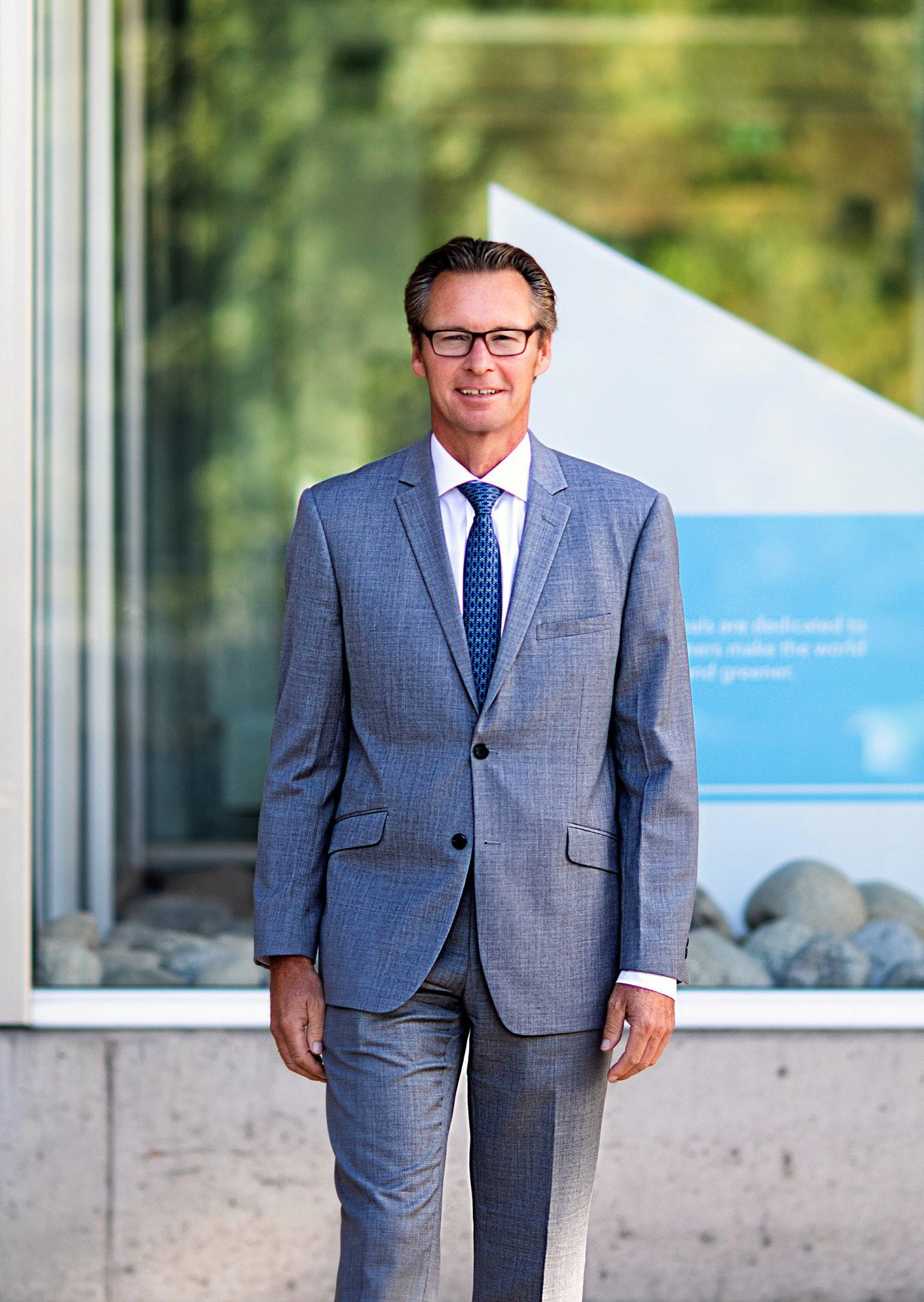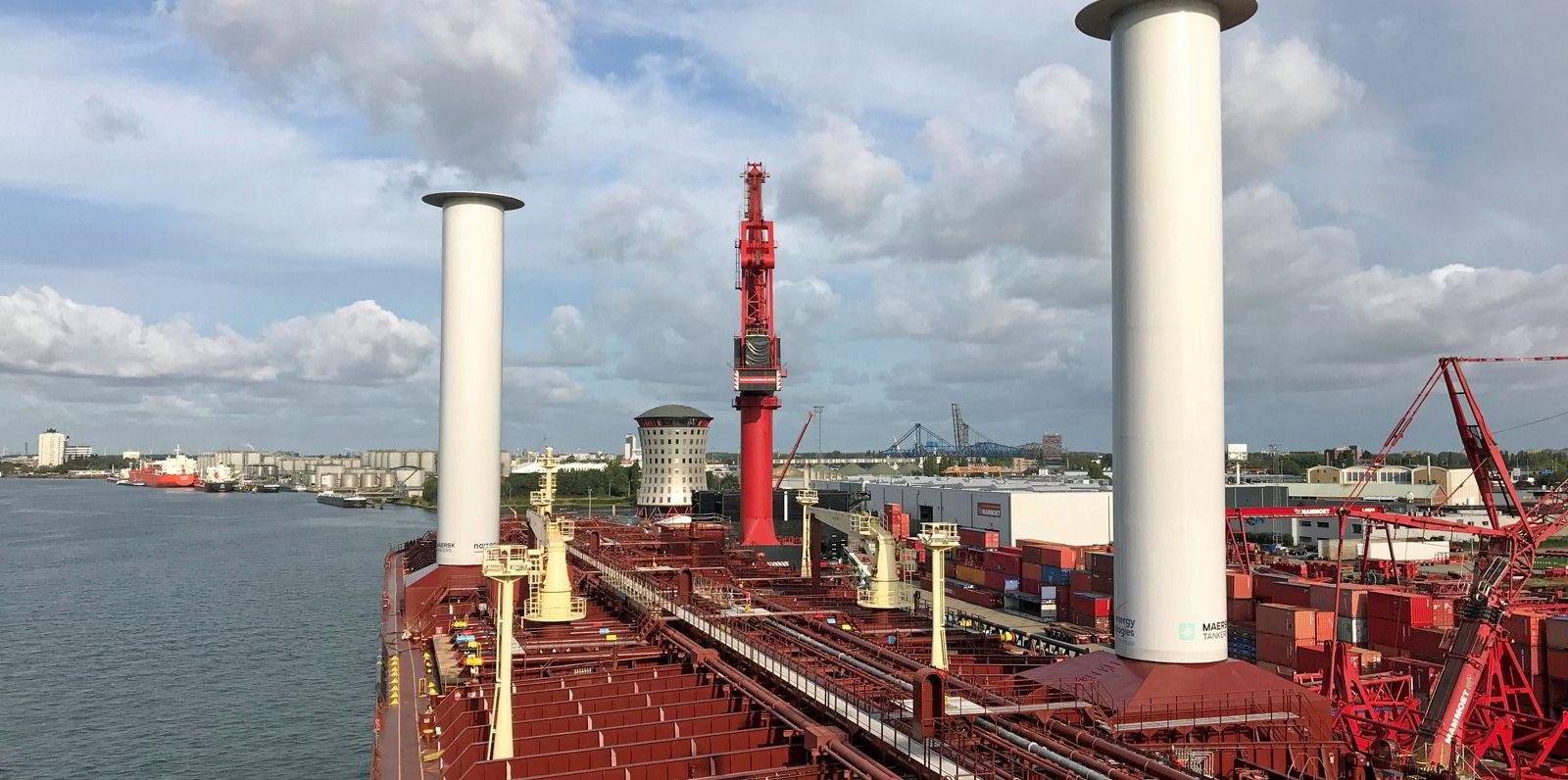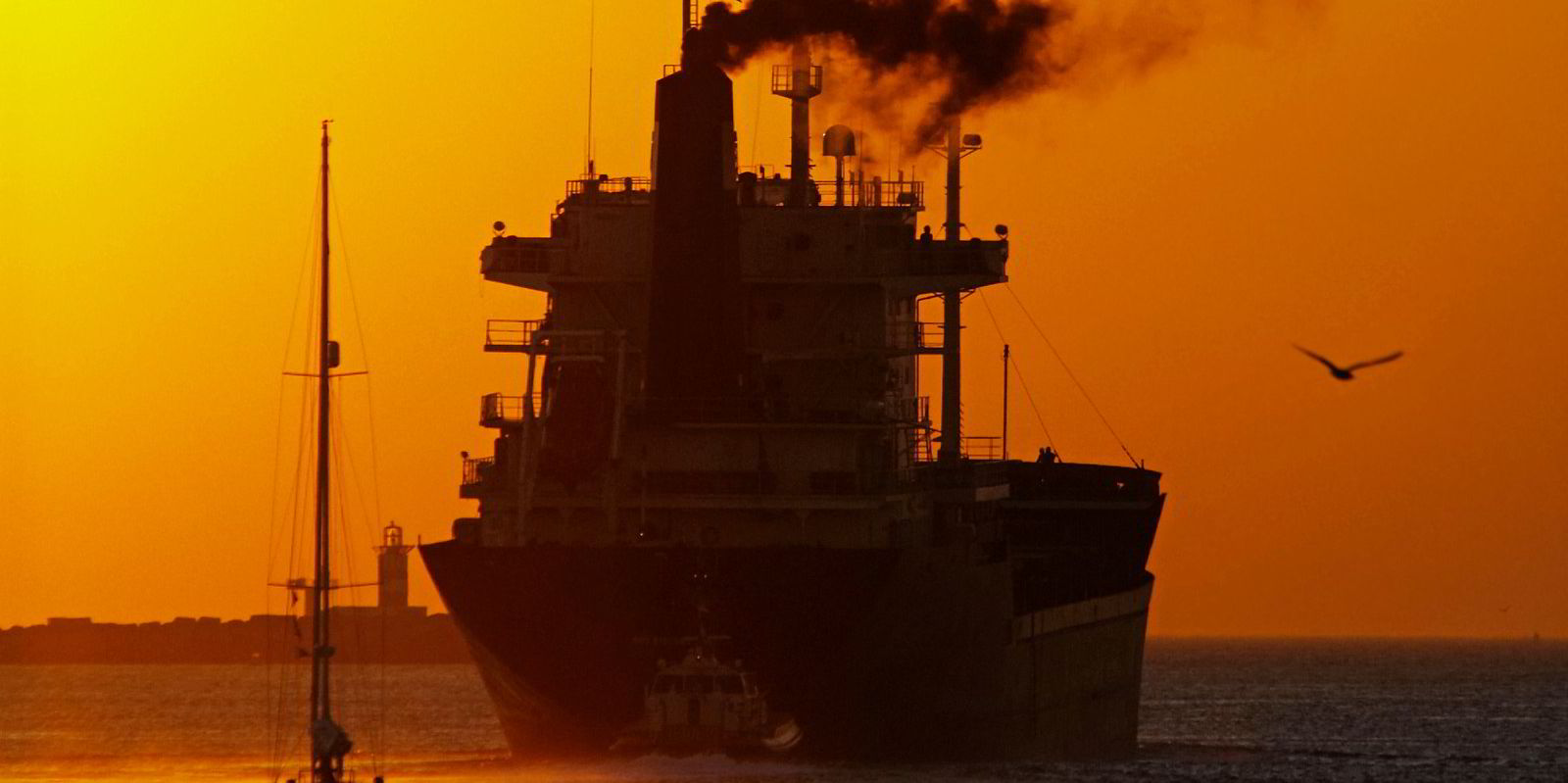Rapid decarbonisation and digitalisation pose a “looming safety gap” for shipping unless the industry collaborates better in systems performance and supporting seafarers, class society DNV GL warned on Tuesday.
“To close the safety gap, we will need a collective, ongoing effort,” Knut Orbeck-Nilssen, chief executive of DNV GL — Maritime, said while presenting a white paper developed by the classification society.
“We must embrace the idea that whenever we are developing new technologies, systems and processes, the end user must be central to that development process,” said Fenna van de Merwe, principal consultant at DNV GL — Maritime and lead author of the white paper, which is titled "Closing the Safety Gap in an Era of Transformation".
“Our aim should be that throughout the industry we have a shared focus that in both design and operation we are supporting people in their work and decision making,” she said.
She added that this would build in protection alongside the adoption of risky new technologies and processes.
Ammonia and methanol are highest on the agenda of alternative fuels for which work needs to be done to identify and negate their risks, Orbeck-Nilssen told TradeWinds.
He added that cyber security is another area of risk, which arises from the greater connectivity of computerised ship systems to shore control centres.
Van de Merwe said the whole issue of software connectivity was also a major issue arising from digitalisation, and that seafarer training was also key. She said system design needed to take into account human, technical and organisational factors.
An example raised by DNV GL was "alert flooding", where bridge systems need to be simplified and improved so that the most important warnings are recognised by crews so that seafarers can better understand how to respond.
The technical boom that shipping is undergoing is forecast to treble in value from a market worth $100bn today to $278bn by 2030, according to estimates by satellite communications firm Inmarsat.
But Orbeck-Nilssen said a darker side of innovation is emerging if risks are not handled properly, which could hamper progress.
“Complacency is not an option,” he insisted.

Although he believes class, like DNV GL, has evolved to deal with new challenges and can draw resources from across other industry sectors it covers, Orbeck-Nilssen said the collaboration effort required “leveraging IACS [the International Association for Classification Societies] in a stronger way and liaising more with flag states and the International Maritime Organization".
Van de Merwe added that a new systems integrator role might be required to be taken by one or other of the stakeholders involved in shipping’s transformation.
Orbeck-Nilssen admitted that some of the bad bunker problems arising from the IMO 2020 introduction of low-sulphur fuels pointed to lessons that needed to be learned, although it was not clear how many engine breakdowns were caused by fuels that did not conform to their advertised specifications.
“Problems onboard with bad fuel quality … in some cases resulted in ships being adrift at sea, which is an example of a safety gap,” he said, but the response to the Covid-19 pandemic was an example of a safety success in getting infection control quickly in place.





